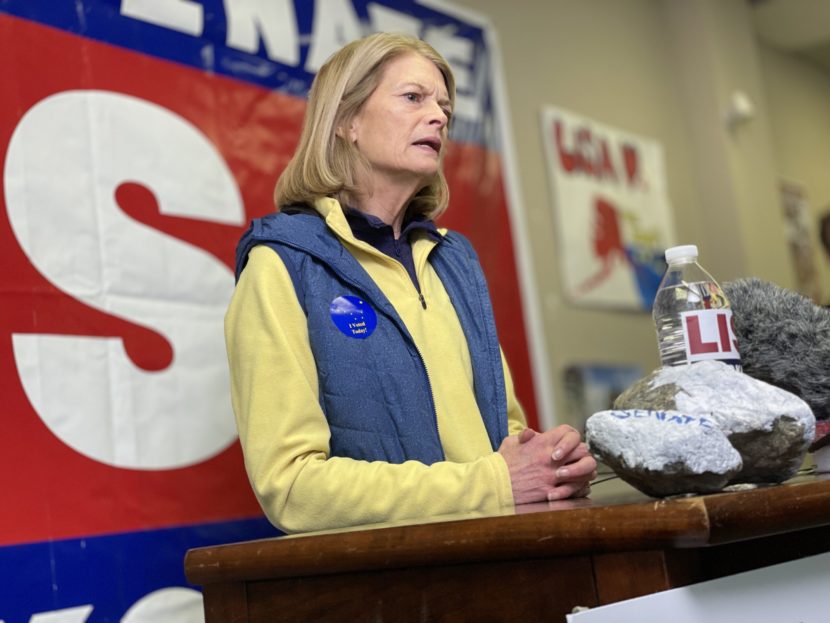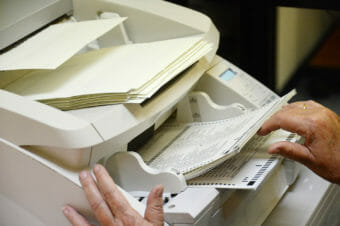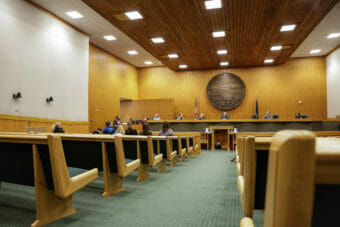
In Alaska’s congressional races, incumbents are in a good position to win but will have to wait until Nov. 23 to be sure. That’s when third- and fourth-place candidates will be eliminated and the ranked choices are tabulated.
Alaska Public Media Washington Correspondent Liz Ruskin explains why the results so far look good for the current, moderate office-holders.
Listen:
The following transcript has been lightly edited for clarity.
Casey Grove: Liz, in the Senate race, explain how Lisa Murkowski is likely to win. Because she’s behind Kelly Tshibaka on first-choice votes.
Liz Ruskin: Murkowski is behind by about 3,000 votes, according to the update that came this afternoon. That could close a little bit as more mailed ballots come in. And, as you said, so far we’re just talking about first-choice votes.
Now, look at Democrat Pat Chesbro’s total. She took nearly 10% of the vote, or 20,000 votes. How many of those ballots are marked Murkowski second? A lot, right? The data nerds I talked to today think that there’s plenty of second rankings in the Chesbro vote to re-elect Murkowski.
Still, as I hear it Tshibaka does have a narrow path to victory.
Casey Grove: In the U.S. House race, Mary Peltola is ahead. She’s got 47% of the vote. But the Republicans, Sarah Palin and Nick Begich, their combined total is more than 50%. Doesn’t that suggest that Palin, who’s in second place, could win once Begich is eliminated and the ballots that are in his stack are transferred to Palin?
Liz Ruskin: Technically, that is possible. But the vast majority of Begich voters would have had to rank Palin second, and that seems unlikely. In the special election, about half of his voters chose Palin as their second. And about a third chose Peltola. Even if you think a lot more Begich voters would “rank the red” this time, we know that some of his voters do not like Palin, some don’t like ranked choice voting and aren’t going to rank, and Peltola is likely to get at least a small portion of those Begich votes. So it just doesn’t seem likely that there are enough second votes for Palin in those ballots for her to overtake Peltola. Again, Peltola is at 47%. Palin is at 27%. That’s a lot of ground to make up.
Casey Grove: Can you put these results in the context of the national election?
Liz Ruskin: We’re still waiting to see who will win a majority in the House and Senate. It seems likely the Republicans could gain leadership of the House, and Democrats might hold onto the Senate. If so, and if Alaska’s incumbents win, they’d be in the minority in both chambers.
Casey Grove: So, that would mean no committee chairmanships for Alaska, right?
Liz Ruskin: Yes, but there’s a lot of “ifs” in that scenario. Many races remain undecided. It looks like control of the Senate will depend on a runoff next month in Georgia. One way Alaska IS like the rest of the country is that the candidates endorsed by former president Donald Trump — Kelly Tshibaka in the Senate race and Sarah Palin for House – seem not to be on a glide path to win.



